

Taiwan - Earthquake-Prone Land
Taiwan sits in a highly active seismic zone due to the convergence of the Philippine Sea Plate and the Eurasian Plate. These plates collide at a rate of 75 millimeters per year, making Taiwan one of the most earthquake-prone regions in the world. Despite this, Taiwan’s tallest skyscraper, Taipei 101, has repeatedly withstood powerful earthquakes, including the island’s most significant seismic event in 25 years.

The 2024 Taiwan Earthquake and Taipei 101’s Resilience
On April 2, 2024, a massive 7.2 magnitude earthquake struck off the coast of Hualien County, jolting the entire nation. While videos showed violent shaking and damage to some buildings, Taipei 101 stood firm, barely swaying against the city skyline. The U.S. Geological Survey measured the earthquake at 7.4 in magnitude, yet Taipei 101 remained undamaged, thanks to its groundbreaking structural engineering.

The Engineering Marvel of Taipei 101
The Tuned Mass Damper: A Giant Shock Absorber
One of Taipei 101’s most famous engineering features is its 730-ton tuned mass damper, a massive gold steel sphere suspended between floors 88 and 92 by 92 steel cables. The damper acts like a pendulum, swaying in the opposite direction of the building’s movement to absorb seismic shocks and minimize vibrations.

“When the building starts shaking during an earthquake, the heavy ball moves in the opposite direction of the motion,” explained Timurhan Timur, a structural engineer at Arup. This counteracting force significantly reduces sway, keeping the building stable.

This feature is rare among supertall buildings, making Taipei 101 a global engineering benchmark. Other skyscrapers, like the 181 Fremont Tower in San Francisco, have since adopted similar dampers to enhance seismic resilience.

A Dual Structural System for Maximum Stability
Dennis Poon, a principal engineer at Thornton Tomasetti, played a critical role in Taipei 101’s design. “When we got the job, we knew Taipei is in a severe earthquake zone with frequent quakes and high typhoon winds. The soil is not rock-solid, so we had to overcome major structural challenges,” he explained.
The solution was a dual structural system that combines:

This system is similar to a skier extending their arms for balance, giving Taipei 101 a remarkable ability to withstand both earthquakes and strong typhoons.

Taipei 101’s Influence on Global Engineering
Since its completion in 2004, Taipei 101’s engineering has influenced numerous supertall buildings worldwide. Thornton Tomasetti later used similar structural designs for Shanghai Tower in China, while Manhattan’s ultra-slender towers on Billionaires’ Row have also incorporated damping systems to reduce motion.

The Bedrock Foundation: Anchored for Stability
Another key to Taipei 101’s resilience is its foundation. The skyscraper sits on 380 deep piles, each reaching approximately 262 feet into the ground. The deepest piles extend nearly 100 feet into bedrock, essentially “nailing” the building into a stable tectonic layer.
A Tourist Attraction and Engineering Showcase
Unlike most dampers, which are hidden from public view, Taipei 101’s golden sphere damper is a major attraction at its observation deck. The damper has even inspired a popular line of souvenirs, including cartoon “Damper Baby” merchandise.
“This is one of the few dampers celebrated as a design feature,” said Borys Hayda of DeSimone Consulting Engineering. “It’s a brilliant way to educate visitors on earthquake-resistant technology.”

The Future of Seismic-Resistant Skyscrapers
Despite Taipei 101’s success, dynamic modification technologies remain relatively rare. A 2018 study by the Council on Tall Buildings and Urban Habitat found that only 18% of buildings over 820 feet incorporate these systems.
However, as urban areas continue to expand in seismically active regions, Taipei 101 stands as a global model for future earthquake-resistant skyscrapers. Engineers worldwide are now prioritizing designs that balance structural integrity, economic feasibility, and occupant safety.
Conclusion
Taipei 101 has set the gold standard for earthquake-resistant skyscrapers. Its innovative tuned mass damper, dual structural system, and deep foundation have ensured its survival through multiple powerful earthquakes. As cities worldwide face increasing seismic threats, Taipei 101’s engineering principles offer a blueprint for safer, more resilient urban landscapes.
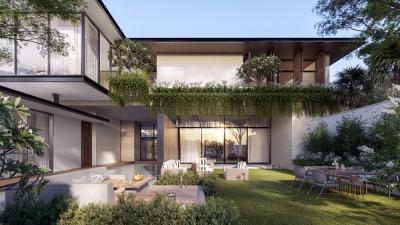
The News 10/11/2025
In the midst of the hustle and bustle of urban life, many Vietnamese families are looking for a different living space – where they can enjoy modernity without being far from nature. Tropical Modern villa architecture is the perfect answer to this need. Not only an aesthetic trend, this is also a smart design philosophy, harmoniously combining technology, local materials and Vietnam's typical tropical climate.
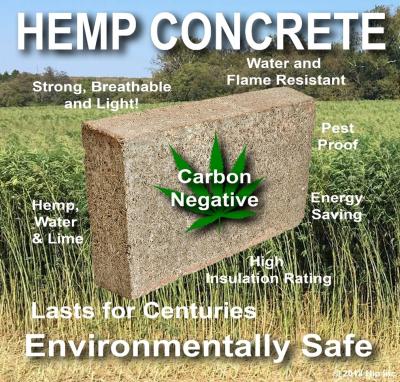
The News 25/10/2025
Hemp-lime (hempcrete) is a non-load-bearing covering material consisting of a hemp wood core (hemp shiv/hurd) combined with a lime-based adhesive, outstanding for its insulation – moisture conditioning – indoor environmental durability; in particular, IRC 2024 – Appendix BL has established a normative line applicable to low-rise housing, strengthening the technical-legal feasibility of this biomaterial.
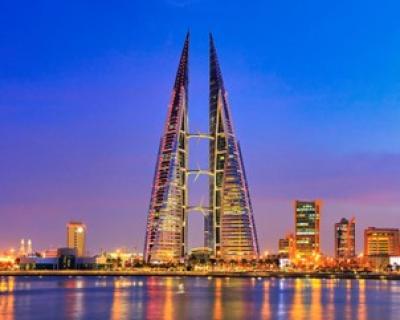
The News 11/10/2025
Amid rapid urbanization and global climate change, architecture is not only construction but also the art of harmonizing people, the environment, and technology. The Bahrain World Trade Center (BWTC)—the iconic twin towers in Manama, Bahrain—is a vivid testament to this fusion. Completed in 2008, BWTC is not only the tallest building in Bahrain (240 meters) but also the first building in the world to integrate wind turbines into its primary structure, supplying renewable energy to itself [1]. This article explores the BWTC’s structural system and design principles, examining how it overcomes the challenges of a desert environment to become a convincing sustainable model for future cities. Through an academic lens, we will see that BWTC is not merely a building but a declaration of architectural creativity.
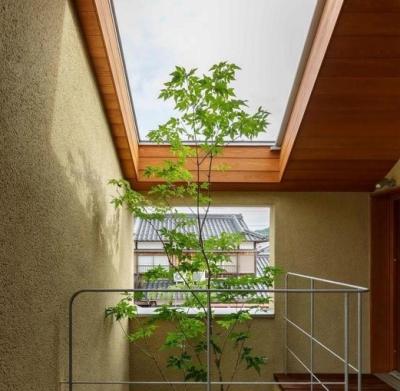
The News 04/10/2025
As buildings move toward net zero architecture and glare free daylighting, traditional glass façades reveal limitations: high thermal conductivity (~0.9–1.0 W/m·K), susceptibility to glare, and shattering on impact. In this context, transparent wood (TW) is emerging as a multifunctional bio based material: it offers high light transmission yet strong diffusion (high haze) to prevent glare, lower thermal conductivity than glass, and tough, non shattering failure. Recent reviews in Energy & Buildings (2025) and Cellulose (2023) regard TW as a candidate for next generation windows and skylights in energy efficient buildings. [1]
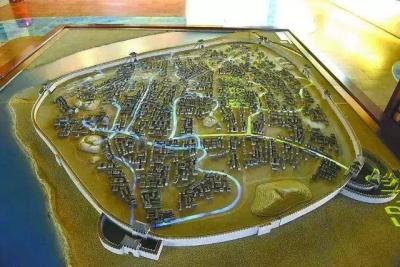
The News 27/09/2025
Urban flooding is one of the greatest challenges of the modern era, when sudden and unpredictable rainstorms can paralyze entire cities. Few would imagine that over a thousand years ago, people had already discovered a sustainable solution: the Fushougou drainage system in the ancient city of Ganzhou, Jiangxi. Built during the Northern Song dynasty, this project remains effective to this day, protecting the city from floods—even during historic deluges. The story of Fushougou is not only a testament to ancient engineering but also a valuable reference for today’s cities seeking answers to water and flooding problems.

The News 20/09/2025
The construction industry is currently facing immense pressure to reduce carbon emissions, as concrete is not only one of the most widely used materials but also a major source of CO₂ due to its reliance on Portland cement. In response, Shimizu Corporation has conducted extensive research to develop sustainable material solutions aimed at achieving carbon neutrality. One of the most remarkable outcomes is carbon-negative concrete, which partially replaces cement and aggregates with biochar. This biochar is produced from sawdust through a carbonization process and has the unique ability to retain a significant amount of carbon that would otherwise be released into the atmosphere through natural decomposition or combustion. Thanks to this property, carbon-negative concrete not only maintains the necessary mechanical strength for construction but also directly contributes to reducing greenhouse gas emissions. This innovation is considered a promising step that opens new directions for the advancement of green construction in Japan and worldwide.